Introduction
Crispy persimmons, known for their sweet, apple-like texture and concentrated flavor, are a beloved autumn treat enjoyed across the globe. Unlike their soft, gooey counterparts, crispy persimmons undergo a meticulous transformation process that preserves their firmness while intensifying their natural sugars. This article delves into the science and craftsmanship behind producing these delectable fruits, exploring both time-honored traditions and innovative modern methods. From harvesting to packaging, every step is a delicate dance of timing, temperature, and technique.
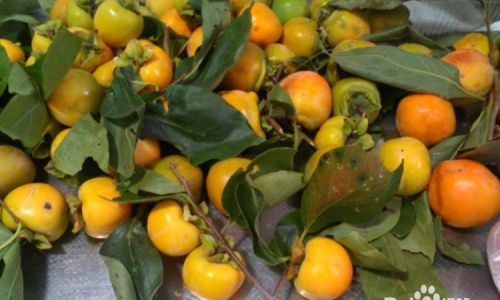
The Science Behind Crispiness
To understand how crispy persimmons are made, one must first grasp the fruit’s biological composition. Persimmons (Diospyros kaki) contain high levels of tannins, astringent compounds that cause a dry, puckering sensation in the mouth. In fresh, unripe fruit, these tannins dominate, making the flesh bitter and inedible. However, as the fruit ripens, enzymes break down tannins into sugars, softening the texture and sweetening the flavor. Crispy persimmons achieve their unique texture by halting this ripening process at a precise stage, where tannins are neutralized without inducing full softening.
Traditional Methods: A Legacy of Patience
-
Harvesting at the Right Moment
The journey begins with selecting persimmons at the optimal stage of maturity. Farmers in regions like Japan’s Wakayama Prefecture or China’s Shaanxi Province rely on centuries-old wisdom to identify the ideal harvest window—typically late October to early November. The fruit should be firm, fully colored (usually orange or reddish-orange), and free of blemishes. Premature harvesting results in excessively astringent fruit, while delayed picking risks overripeness. -
Peeling and Preparation
After harvest, persimmons are carefully peeled to remove the outer skin, which contains residual tannins. Traditional tools like sharp knives or hand-operated peelers are used to avoid damaging the flesh. Some producers leave a small stem at the top to enhance visual appeal and prevent moisture loss during drying. -
Alcohol or Lime Water Treatment
The critical step in crispy persimmon production is tannin removal. Two primary methods dominate traditional practices: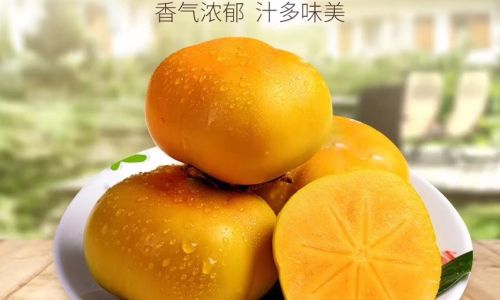
- Alcohol Dipping: Peeled persimmons are submerged in a solution of ethanol (often derived from rice wine or vodka) for 24–48 hours. Alcohol disrupts tannin molecules, rendering them inert. This method is favored in Japan, where it’s known as hoshigaki preparation.
- Lime Water Immersion: In China and Korea, producers soak persimmons in a calcium hydroxide (lime water) bath for 1–3 days. Calcium ions crosslink pectins in the fruit cell walls, stabilizing the structure while deactivating tannins.
-
Air-Drying Under the Sun
Treated persimmons are hung or laid out on bamboo trays to dry naturally. This process, which can take 3–6 weeks, requires consistent sunlight and low humidity. Farmers meticulously rotate the fruit daily to ensure even drying and prevent mold growth. The result is a shriveled, sugar-coated exterior with a crisp interior. -
Massaging and Final Shaping
In some regions, artisans gently massage the drying persimmons daily to redistribute sugars and soften the flesh slightly. This step, though labor-intensive, creates a balance between crispness and chewiness.
Modern Innovations: Precision and Efficiency
While traditional methods remain revered, modern food technology has introduced scalable alternatives:
-
Controlled Environment Drying
Industrial producers use climate-controlled chambers to replicate optimal drying conditions. Temperature (20–25°C), humidity (30–40%), and airflow are precisely regulated, reducing processing time to 5–7 days. UV lamps may also be employed to inhibit microbial growth. -
Vacuum Impregnation
This technique involves submerging persimmons in a sugar solution under vacuum conditions. The pressure differential forces the solution into the fruit, displacing air and tannins simultaneously. The process takes 1–2 hours and ensures uniform tannin removal.
-
Osmotic Dehydration
By immersing persimmons in hypertonic solutions (e.g., sucrose or fructose syrups), manufacturers accelerate dehydration while preserving texture. This method reduces water activity, inhibiting spoilage and extending shelf life. -
Freeze-Drying
A niche but growing approach, freeze-drying involves freezing persimmons and sublimating ice crystals under vacuum. The result is a lightweight, ultra-crispy product with minimal nutrient loss. However, high energy costs limit widespread adoption.
The Role of Tannins: Friend or Foe?
Tannins, while undesirable in excess, play a pivotal role in crispy persimmon production. Traditional methods rely on chemical reactions (e.g., ethanol-tannin complexes) to neutralize astringency. Modern approaches often use enzymatic treatments or ion exchange resins to achieve similar outcomes. Interestingly, residual tannins (below detectable thresholds) may contribute to the fruit’s antioxidant properties, adding a health-conscious angle to its appeal.
Regional Variations: A Taste of Diversity
-
Japan’s Hoshigaki
In Japan, hoshigaki artisans practice mukishibori, a technique where they periodically knead drying persimmons to concentrate sugars into white frost-like crystals. This labor of love can take up to six weeks but yields a product prized for its complex sweetness.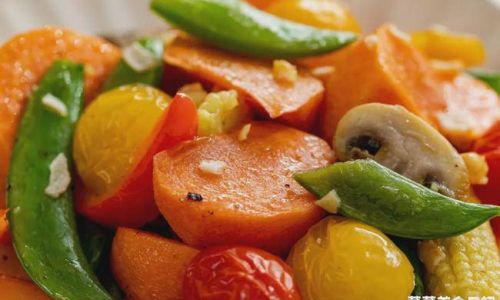
-
Korea’s Gotgam
Korean gotgam producers often use a combination of alcohol dipping and steam-drying. The fruit is briefly steamed after peeling to soften the flesh slightly, creating a chewier texture distinct from Japanese or Chinese varieties. -
China’s Crispy Persimmon Slices
In China’s Shaanxi Province, sliced persimmons are dried into thin, chip-like snacks. These are often seasoned with spices like cinnamon or star anise, catering to modern palates seeking innovative flavors.
Quality Control: The Devil in the Details
Achieving consistent crispiness requires rigorous quality checks:
- Moisture Content: Ideal levels range from 20% to 25%. Too high, and the fruit spoils; too low, and it becomes brittle.
- Sugar Content: Brix readings of 30–40° ensure sweetness without overpowering the natural flavor.
- Microbial Testing: Aflatoxin and yeast counts are monitored to prevent contamination.
Packaging and Storage
Crispy persimmons are typically vacuum-sealed or packed in nitrogen-flushed bags to prevent moisture absorption. Stored in cool, dry conditions, they can last 6–12 months, though flavor peaks within the first three months.
Health Benefits and Nutritional Profile
Beyond their gastronomic appeal, crispy persimmons offer nutritional perks:
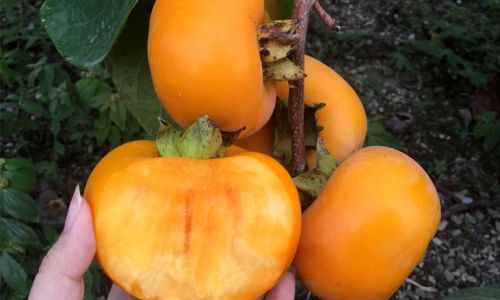
- Fiber: A 100g serving provides 3.6g of dietary fiber, aiding digestion.
- Vitamins: Rich in vitamin A (20% DV) and vitamin C (15% DV).
- Antioxidants: High in beta-carotene and flavonoids, which combat oxidative stress.
Culinary Applications: Beyond Snacking
Crispy persimmons transcend their role as standalone snacks:
- Desserts: Chopped into salads, blended into smoothies, or baked into pies.
- Savory Dishes: Paired with cheeses, cured meats, or roasted vegetables.
- Beverages: Infused into teas, wines, or craft beers.
- Non-Culinary Uses: Ground into powders for natural food coloring or skincare products.
Challenges and Future Directions
Despite their popularity, crispy persimmon production faces hurdles:
- Climate Dependency: Traditional methods rely on predictable autumn weather, vulnerable to climate change.
- Labor Intensity: Handcrafted varieties require skilled artisans, limiting scalability.
- Market Competition: Cheaper imported products often undercut local producers.
Innovations like hybrid drying technologies (e.g., microwave-assisted dehydration) and tannin-tolerant persimmon cultivars may address these issues. Additionally, sustainability initiatives—such as using solar dryers or byproduct recycling—are gaining traction.
Conclusion: A Fusion of Tradition and Innovation
The journey from tree to table for crispy persimmons is a testament to human ingenuity. Whether crafted by generations-old techniques or cutting-edge machinery, these fruits embody the harmony of nature and technology. As consumer demand for artisanal and healthy snacks grows, the future of crispy persimmons shines brightly—a crisp, sweet reminder of autumn’s bounty.

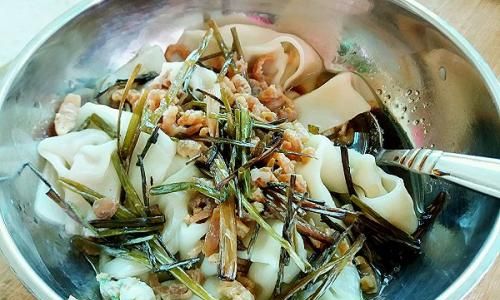
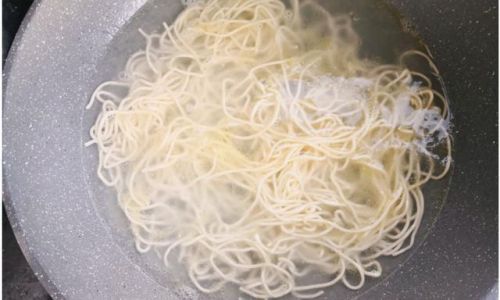
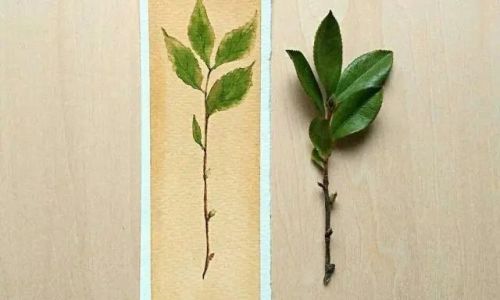

0 comments